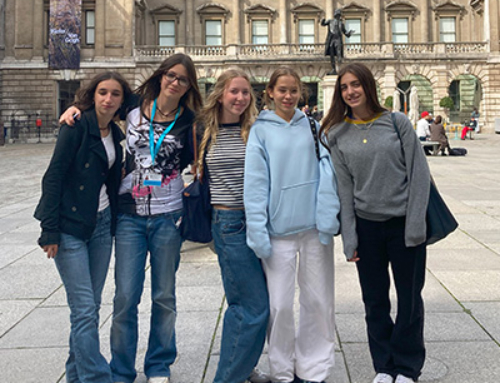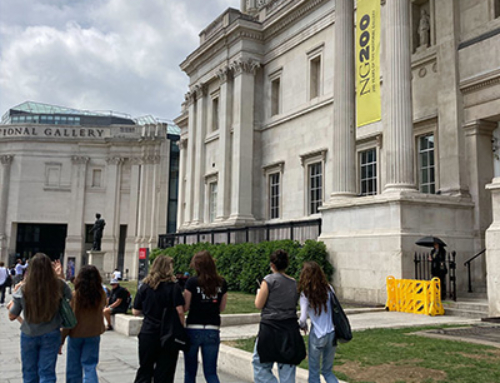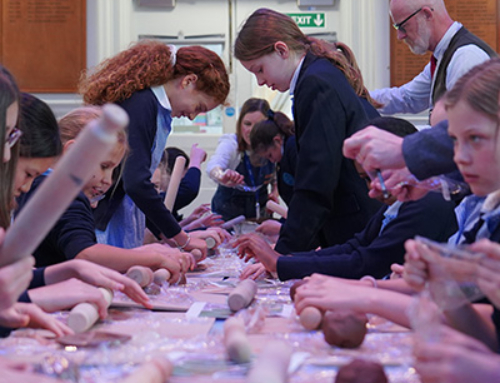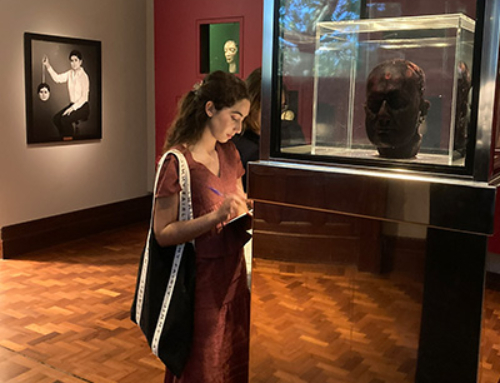This week, Ms Carr-Gomm looks at Jacob van Walscapelle’s ‘Flowers in a Glass Vase’.
“Following Emily’s Tea Group tour of the Rijksmuseum and Mark and Clives gardening activities and because weve temporarily lost spring on a day that marks it, I thought we should look at an extraordinarily beautiful bunch of flowers.
Jacob van Walscapelle, Flowers in a Glass Vase, c 1670, 60 x 47 cm, oil on canvas mounted onto oak, National Gallery London
Dutch artists of the 17th century delighted in the visual world and had a staggering ability to capture it in paint. Working in Amsterdam, Walscapelle shows us a bunch of flowers that include a lily, a rose, a tulip, a sneezeweed, a morning glory and a carnation to mention but a few. On the plants insects rest, in the glass vase you can see refracted stalks and the reflection of a window, a snail crawls across the table top where trickles and drops of water have fallen. All is painted with the finest attention to detail.
The Dutch were great merchants and travelled to increase their trade. They dealt in spices, textiles and other goods that took them far where they discovered new species of flowers and bulbs which sold for enormous sums. Most famously, at the height of the mania a single bulb of a tulip, introduced into the Netherlands in the late 16th century from Turkey, cost ten times the annual income of a craftsman. In this painting, the tulip has gorgeous variegated orange and white petals which is apparently the result of a virus but was seen in the seventeenth century as extremely exotic.
The fascination with insects and tiny things was a result of the development of microscopes and magnifying glasses which enabled artists to reproduce them so accurately. But the painting shows something that could never be. The spring viola and tulip sit beside summer roses and lilies in full bloom, berries are ripe and autumn ears of wheat are threaded through the spray. It is a momento mori, a reminder that life and beauty are ephemeral. The insects are also symbolic: the butterfly and the caterpillar, precariously dangling from a single thread on the bottom left and the butterfly on the top, represent our ever changing state; ants were a symbol of industry and a good work ethic. The artist would have recorded the flowers individually through the seasons; here he gives us the impossible and this impossibility makes the painting an even greater thing of beauty.”














